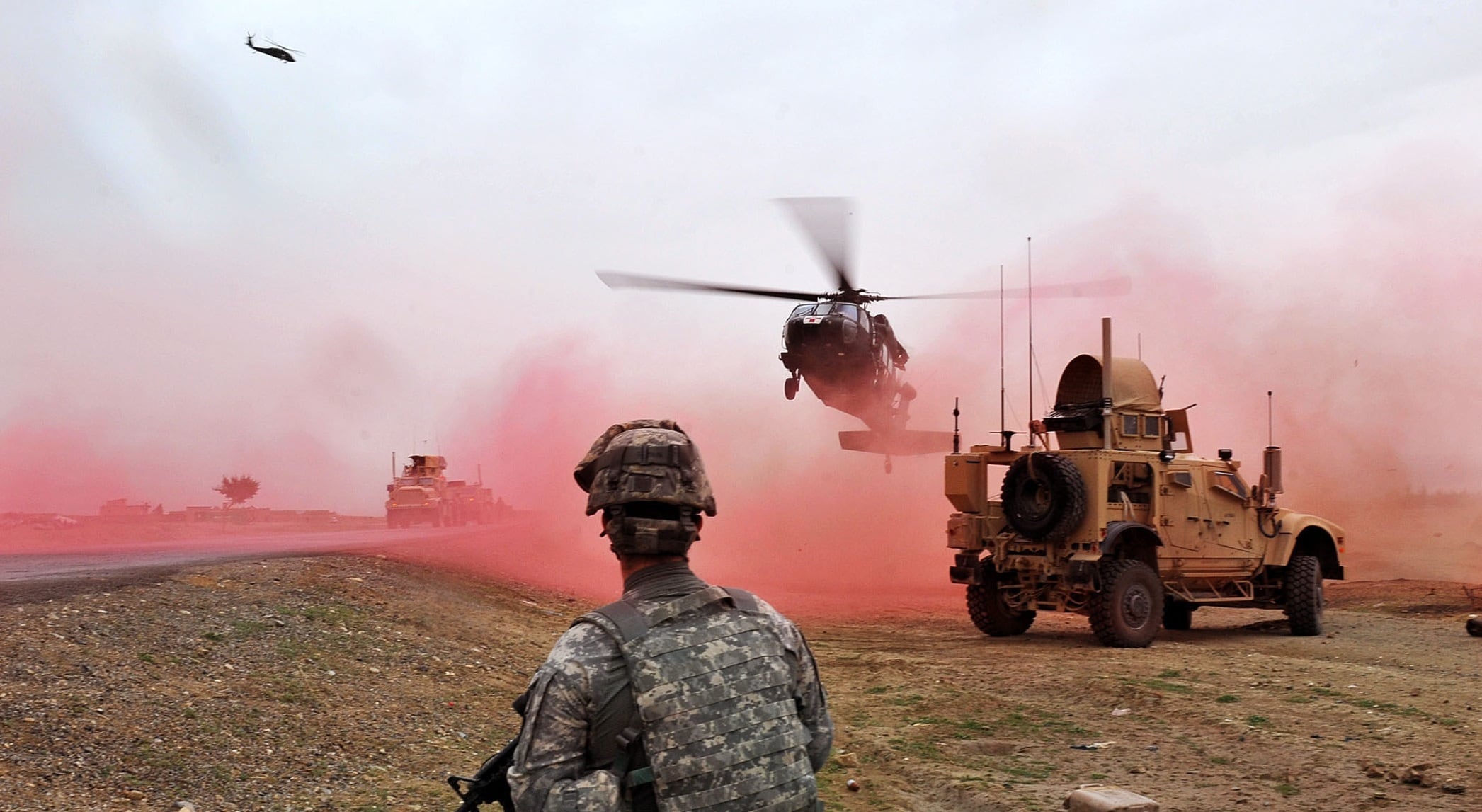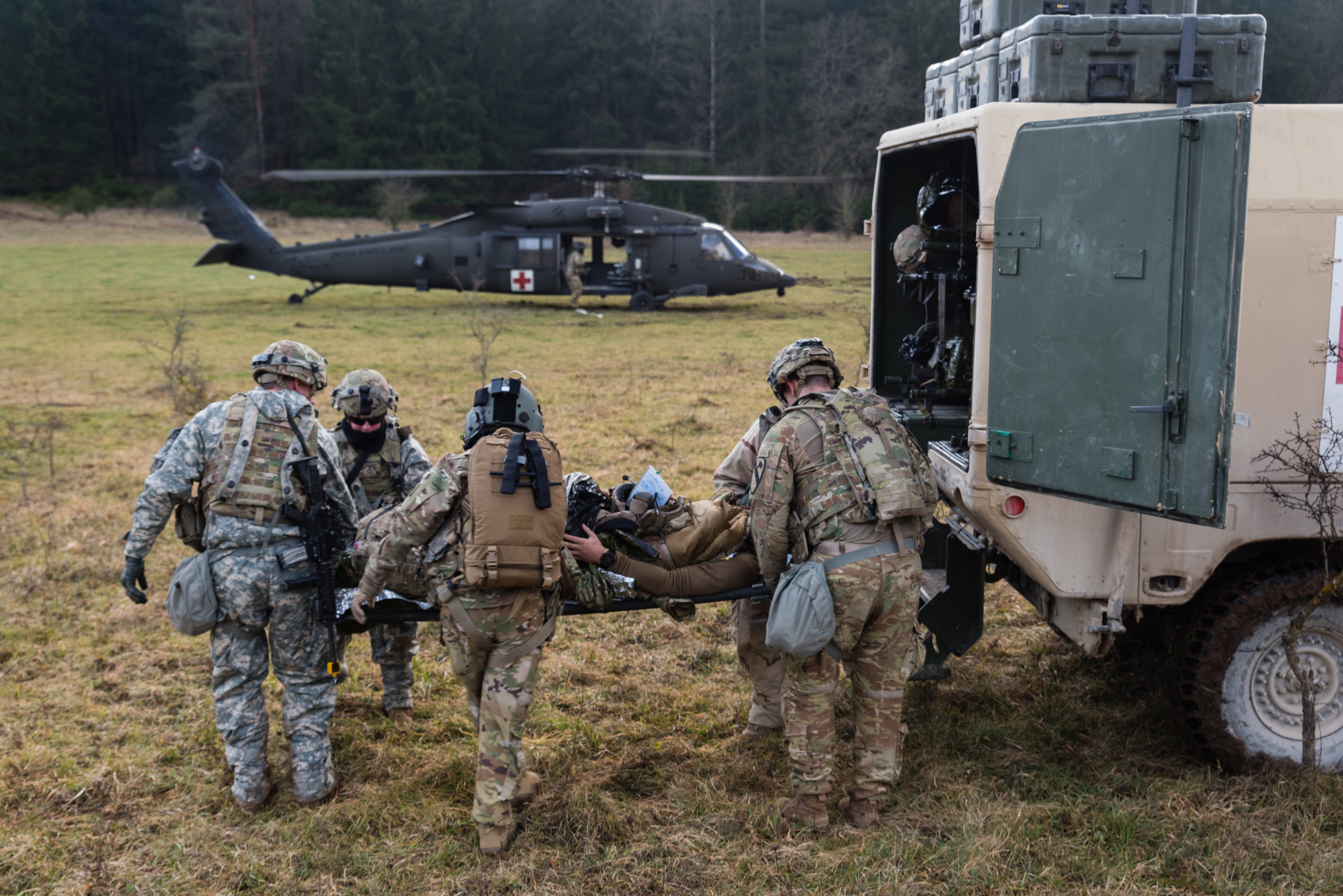In fiscal year 2019, the Army suffered a total of 55 Class A mishaps and 61 Class B mishaps, 28 soldier casualties and $362 million in damaged or lost equipment not related to losses in combat.
Those mishaps were caused by a combination of increased training with heavy equipment, and the need to inculcate among young troops fundamental skills that have lapsed in recent years, Army Chief of Staff Gen. James McConville told the House Armed Services Committee.
“I’m very concerned about some of the training exercises we had where we’re starting to have vehicles roll-over and people not wearing seat-belts — and we lost some soldiers very tragically,” McConville said Tuesday in congressional testimony.
“Some of this is getting back to being around very large and expensive equipment, where we started maneuvering our forces, which is very different than what we were doing before," he added. "All of sudden you have armored vehicles moving in very difficult terrain.”
The Army has spent the last two decade making its formations lighter to deal with the counter-insurgency missions in Iraq and Afghanistan, which require patrols in rural areas with underdeveloped infrastructure while facing lightly armed and highly mobile militants.
The service has been focusing on training troops to fight in heavier formations in large-scale ground combat as it looks to compete against peer adversaries under the 2018 National Defense Strategy.
“Many of our mid-rank and senior leaders are very, very experienced," McConville said. "They got multiple combat tours, they’ve been doing this business for a long time. But we bring 130,000 soldiers into the Army every single year. They’re coming right off the block. They need time to learn how to drive their vehicles. They need time to learn how to maneuver their vehicles. And that’s a changing focus that we think is very important.”
RELATED

There was a slight increase in the total number of vehicle accident fatalities in 2019, but a much larger increase in the number of rollover deaths specifically. Between fiscal 2015 and 2018, there were a total of 14 rollover fatalities, according to Army data.
But by July 2019, there had already been eight rollover fatalities for the fiscal year, Army Times previously reported.
The Army conducted a review of its procedures following the rise in mishaps, according to McConville, who hinted during the congressional hearing that a significant number of deaths occurred because soldiers weren’t following basic protocols.
“If you are wearing your seat-belts, you survive. If you’re not wearing your seat-belts, you don’t,” McConville said.
“I mean some of this is just basics we need to get back to,” he added. “If you’re in an assembly area and you’re not ground guiding your vehicles at night, you start to make these mistakes that can result in tragedies that should not be happening. ... We don’t necessarily need to change our policies, we need to execute them and make sure we’ve given our soldiers at the lowest level the training they need."
The Army classifies accidents based on a mix of damage to equipment and loss of life or limb among troops.
Class A mishaps are accidents in which the resulting total cost of property damage is $2 million or more; an Army aircraft is destroyed, missing, or abandoned; or an injury and/or occupational illness results in a fatality or permanent total disability.
Class B mishaps are accidents in which the resulting total cost of property damage is $500,000 or more but less than $2 million, an injury and/or occupational illness results in permanent partial disability; or when three or more personnel are hospitalized as in-patients as the result of a single occurrence.
Kyle Rempfer was an editor and reporter who has covered combat operations, criminal cases, foreign military assistance and training accidents. Before entering journalism, Kyle served in U.S. Air Force Special Tactics and deployed in 2014 to Paktika Province, Afghanistan, and Baghdad, Iraq.





